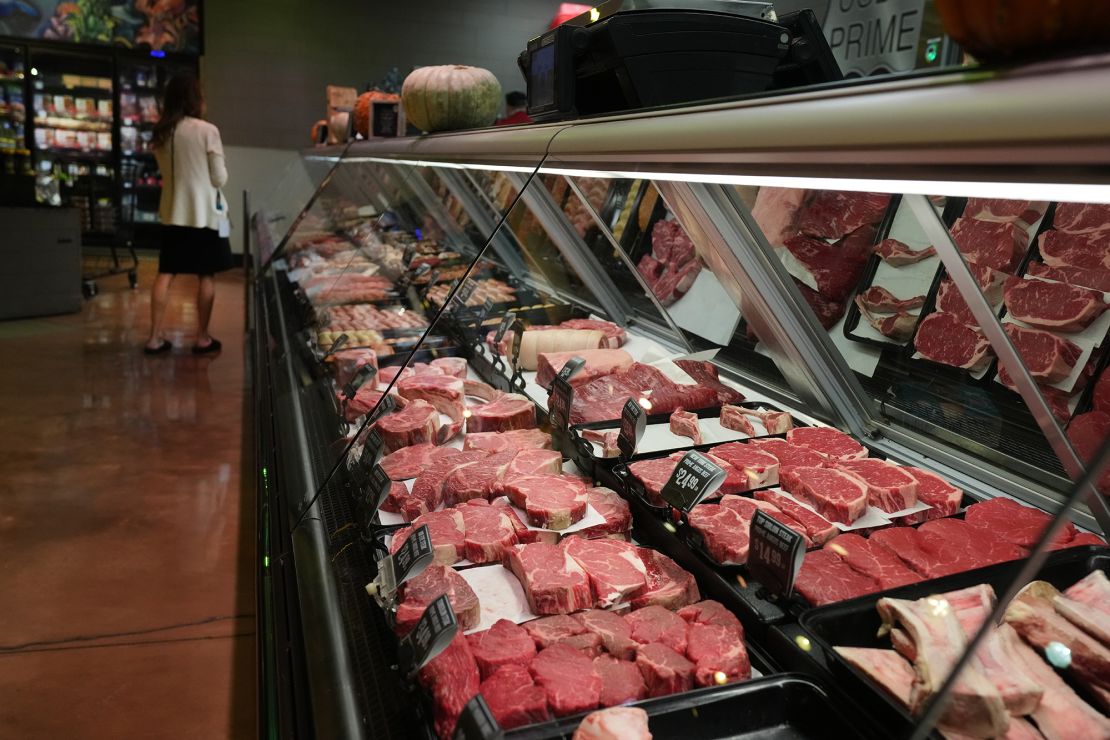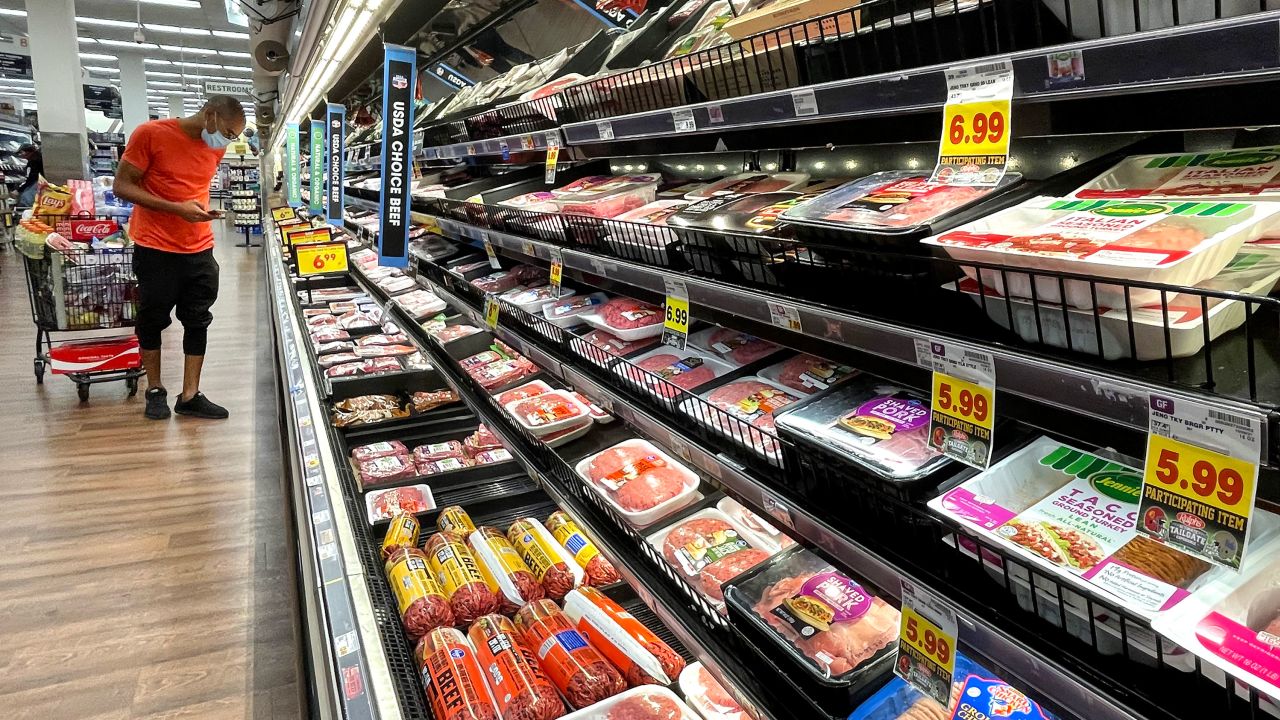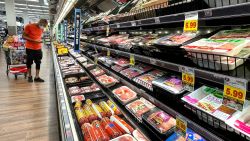Good news: After rising for months, meat prices are finally falling at the grocery store. Bad news: Many other staples are getting more expensive.
Prices for meat, poultry, fish and eggs fell 0.4% from November to December, according to seasonally adjusted data from the Bureau of Labor Statistics.
Within that category, meats overall dropped 0.9% — with beef and veal down 2%, pork chops 1.1% cheaper and hot dogs falling 1.5%.
Not all individual meat items got cheaper, however. Breakfast sausages were up 1.4%, lunch meats got 2.7% more expensive, and chicken prices rose 0.3% in December.
And looking over the past year, meats, poultry, fish, and eggs got 12.5% pricier, with beef, veal and bacon up 18.6%.

Experts note multiple challenges have contributed to higher meat prices, including labor shortages, supply chain issues, higher demand and slower operations at meat plants due to new pandemic-era procedures. The Biden Administration recently unveiled a plan that includes investing $1 billion to boost competition in the meat industry, and could help reduce prices in the long term.
While meat prices fell in December, other grocery staples got pricier.
Food costs overall were 0.5% higher in December, with grocery prices up 0.4% and restaurant prices up 0.6%.
And over the past year, food at home got 6.5% more expensive while at restaurants prices rose 6% in that time.
Major food companies have been raising their prices. Kraft Heinz (KHC) and Mondelez (MDLZ) both both said last year they’ll hike prices in early 2022. Restaurants like Chipotle (CMG) and McDonald’s (MCD) have also raised menu prices.
For the month, breakfast cereal got 1.4% more expensive while the rice, pasta and cornmeal category was up 1.3%. Milk also got 1.3% more expensive. Fresh fruit was up 1.8%, with an 8.9% jump in oranges and tangerines. Potatoes were up 4.9%. Crackers jumped 2.7%.
At least some sweets got a little cheaper: The price of fresh biscuits, rolls and muffins fell 1.7%, and fresh doughnuts got 1% cheaper.
























